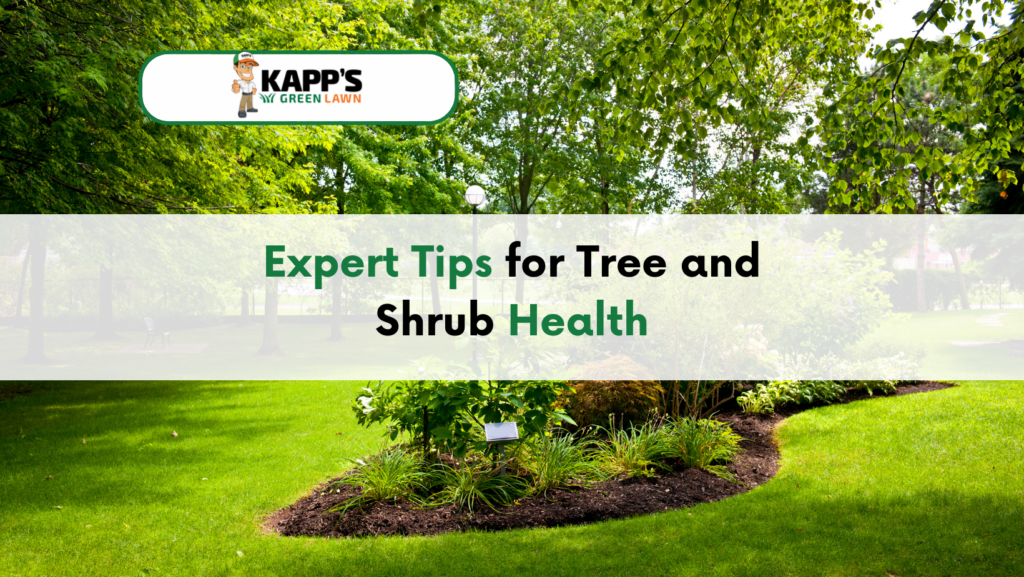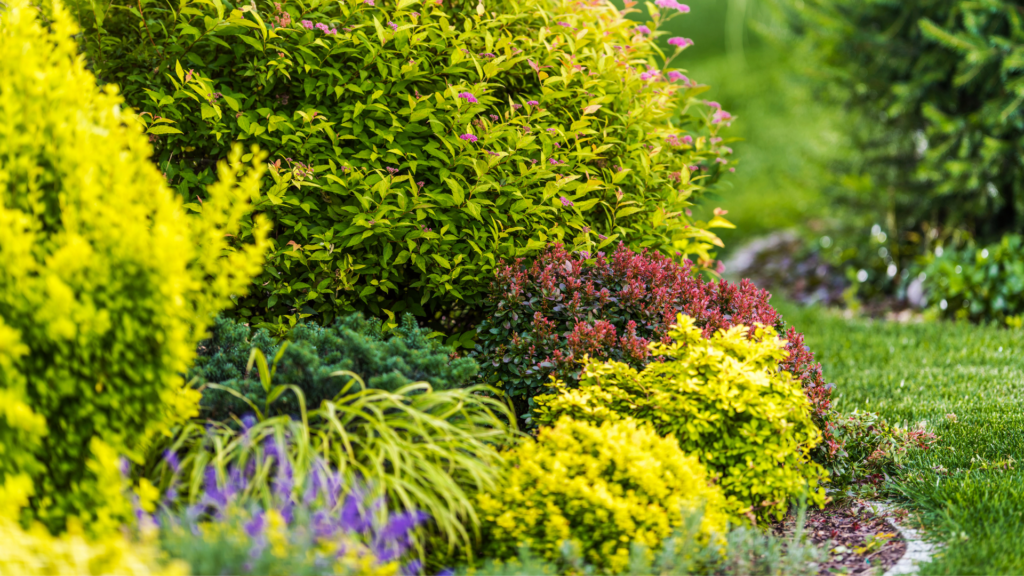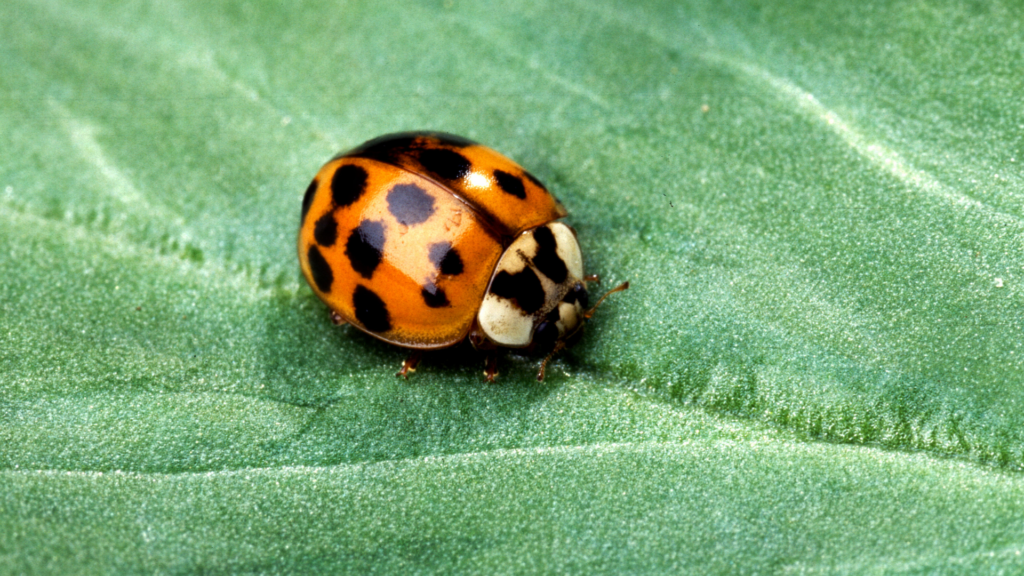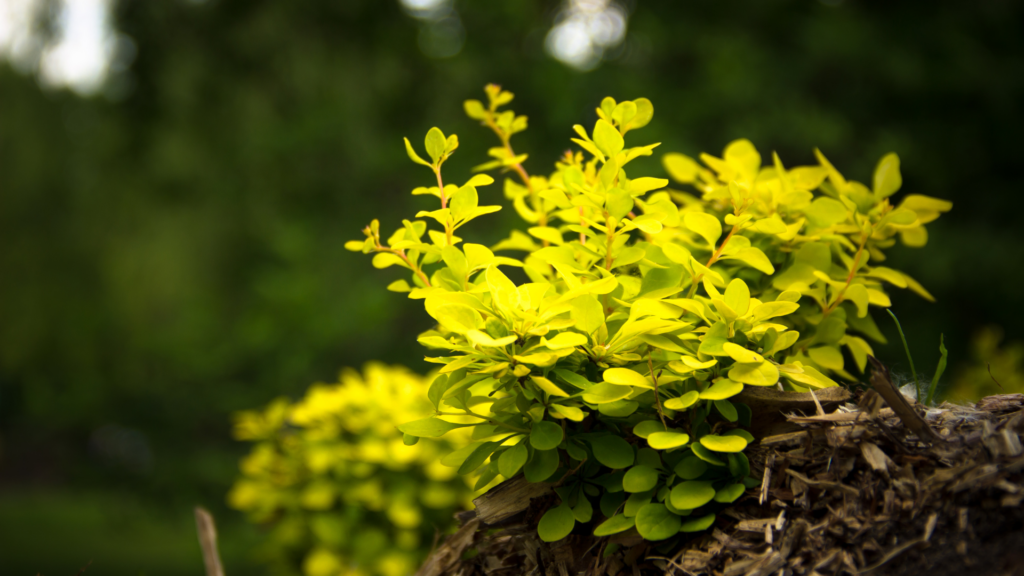
Expert Tips for Tree and Shrub Health
Healthy trees and shrubs play a vital role in creating a beautiful and vibrant landscape. They provide shade, improve air quality, and add aesthetic value to any yard. Caring for these plants is essential to ensure they thrive and continue to enhance your outdoor space.
Maintaining the health of your trees and shrubs involves more than just occasional watering. Proper pruning, fertilization, and pest control are crucial. Each task requires a specific approach to meet the unique needs of different plant species. Understanding these basics can help you keep your trees and shrubs healthy year-round.
With that in mind, we’re here to share expert tips on various aspects of tree and shrub care. From advanced pruning techniques to effective pest control methods, these guidelines will help you maintain a lush and healthy landscape. Keep reading to learn how to give your trees and shrubs the care they deserve.

Understanding the Basics: Why Tree and Shrub Health Matters
Healthy trees and shrubs contribute significantly to the beauty and functionality of any landscape. These plants offer shade, improve air quality, and provide habitats for wildlife. Beyond aesthetics, healthy trees and shrubs can increase property value, making them a wise investment for any homeowner.
Trees and shrubs are also vital for soil health. Their roots help prevent soil erosion by stabilizing the ground, especially on slopes. Additionally, they contribute organic matter to the soil through leaf litter, which decomposes and enriches the soil with nutrients. This process creates a healthier environment for other plants and microorganisms.
Maintaining tree and shrub health is crucial for preventing disease and pest infestations. Regular care practices, such as pruning, fertilization, and pest control, can keep your plants strong and resistant to common problems. By understanding their importance and the basics of their care, you can ensure your trees and shrubs remain robust and thriving.
The Importance of Proper Pruning
Pruning is essential for the health and longevity of trees and shrubs. By removing dead or diseased branches, pruning helps prevent the spread of disease and pests. This process also improves air circulation, reducing the risk of fungal infections.
Regular pruning encourages healthy growth by allowing more sunlight to reach the inner branches and leaves. It also shapes the plant, guiding its growth in a desirable direction. Proper pruning can enhance the natural beauty of trees and shrubs, making your landscape more attractive.
Pruning is crucial for safety reasons as well. Overgrown branches can pose hazards by obstructing walkways, driveways, or power lines. Removing these potentially dangerous branches ensures a safer environment for you and your family. Overall, proper pruning is a key practice in maintaining the health and appearance of your trees and shrubs.
Advanced Pruning Techniques for Optimal Growth
Advanced pruning techniques can take your tree and shrub care to the next level. These methods require a bit more knowledge and skill but can greatly enhance the health and appearance of your plants.
1. Thinning: This technique involves selectively removing branches to reduce density. Thinning allows more light and air to penetrate the canopy, promoting healthier growth. It also helps reduce the weight of the branches, preventing breakage.
2. Heading: This method involves cutting back the tips of branches to encourage more lateral growth. Heading helps control the size and shape of the plant, making it more compact and bushy.
3. Shearing: Common for shrubs, shearing involves trimming the outer edges to create a specific shape. While it’s mostly decorative, shearing should be done carefully to avoid stressing the plant.
4. Crown Raising: This technique removes the lower branches of a tree to lift the canopy. Crown raising is useful for improving clearance under the tree, which is helpful near walkways or roads.
Using these advanced techniques can enhance your tree and shrub care routine, leading to healthier and more beautiful plants.
Seasonal Pruning Tips: When and How to Trim
Knowing when and how to prune your trees and shrubs is key to effective care. Different seasons call for different pruning strategies to ensure the best results.
- Winter Pruning: Pruning in late winter, before new growth begins, is ideal for many trees and shrubs. This timing helps prevent stress and encourages vigorous spring growth. Focus on removing dead or damaged branches and shaping the plant.
- Spring and Summer Pruning: Light pruning can be done in spring and early summer to control growth and remove any dead or diseased branches. Be cautious not to over-prune during this time, as it can stress the plant when it's actively growing.
- Fall Pruning: Avoid major pruning in the fall, as it can stimulate new growth that may not harden before winter. However, you can remove dead or damaged branches to prepare the plant for the colder months.
General Tips:
- Use sharp, clean tools to make precise cuts.
- Make cuts at a slight angle away from the bud to promote proper healing.
- Avoid cutting too close to the main stem to prevent damage.
By following these seasonal tips, you can ensure that your trees and shrubs receive the care they need throughout the year.
Key Nutrients for Trees and Shrubs: Fertilization Basics
For trees and shrubs to thrive, they need a variety of nutrients. These essential nutrients support growth, strengthen roots, and improve overall plant health. Understanding the basics of fertilization helps ensure your trees and shrubs get what they need.
- Macronutrients: Trees and shrubs need three primary macronutrients: nitrogen (N), phosphorus (P), and potassium (K).
- Nitrogen promotes leafy growth and is crucial for photosynthesis.
- Phosphorus supports root development and flowering.
- Potassium helps with overall plant health and stress resistance.
- Micronutrients: While needed in smaller amounts, micronutrients like iron, manganese, and zinc are also essential. They aid in various plant functions, including chlorophyll production and enzyme activity.
- Organic Matter: Adding organic matter, like compost, enriches the soil and improves its structure. Healthy soil contains a balance of nutrients that support robust tree and shrub growth.
How to Properly Fertilize Your Trees and Shrubs
Proper fertilization starts with understanding your soil's needs. A soil test can tell you which nutrients your soil lacks. Once you know what your soil needs, follow these steps to fertilize effectively:
1. Choose the Right Fertilizer: Select a balanced fertilizer with the appropriate ratio of nitrogen, phosphorus, and potassium. Look for slow-release formulas to provide a steady supply of nutrients.
2. Apply at the Right Time: Fertilize trees and shrubs in early spring before new growth starts. For some plants, another application in late fall can also be beneficial. Avoid fertilizing during extreme temperatures or drought conditions.
3. Correct Application: Spread the fertilizer evenly around the base of the tree or shrub. Avoid placing it directly against the trunk or stems to prevent burning. Water the area thoroughly after applying the fertilizer to help it soak into the soil.
4. Follow Recommended Rates: Over-fertilizing can cause more harm than good. Always follow the recommended application rates on the fertilizer package to avoid nutrient overload.
By following these steps, you can ensure your trees and shrubs receive the nutrients they need for healthy growth.
Recognizing and Treating Common Tree and Shrub Pests
Pests can severely damage trees and shrubs if left untreated. Recognizing early signs of infestation can help you take swift action to protect your plants. Here are some common pests and how to treat them:
- Aphids: These tiny insects suck sap from leaves, causing them to curl and turn yellow. To treat, use insecticidal soap or strong water spray to dislodge them.
- Scale Insects: These pests appear as small, shell-like bumps on branches and leaves. Prune affected parts and treat with horticultural oil.
- Japanese Beetles: These beetles feed on leaves, leaving them skeletonized. Handpick beetles in small infestations or use insecticidal sprays for larger problems.
- Caterpillars: Various caterpillars can chew through leaves and stems. Use Bacillus thuringiensis (Bt) as a biological control method or handpick larger caterpillars.
- Mites: Mites cause stippling on leaves and can lead to defoliation. Insecticidal soap and proper watering can help control mite populations.
Regularly inspect your trees and shrubs for signs of pests. Prompt treatment can prevent severe damage and keep your plants healthy.
Natural Pest Control Methods
Using natural pest control methods helps minimize harm to the environment and maintains the health of your trees and shrubs. Here are some effective natural solutions:
1. Beneficial Insects: Introduce beneficial insects like ladybugs and lacewings that prey on pests like aphids and mites. These natural predators help keep pest populations in check.

2. Neem Oil: Neem oil is a natural pesticide that disrupts the life cycle of many pests. It is safer for most plants and can be sprayed on leaves and stems.
3. Homemade Sprays: Create simple sprays using household ingredients. For example, a mixture of dish soap and water can be effective against aphids and mites.
4. Foundation Insect Spray: Foundation insect spray, also known as exterior perimeter treatment or barrier spray, is applied around the foundation of your home to prevent and control various pests from entering your living spaces.
4. Companion Planting: Planting certain herbs and flowers can repel pests. Marigolds, garlic, and chives are known to deter many harmful insects.
5. Proper Care: Healthy plants are less susceptible to pests. Maintain good cultural practices like proper watering, pruning, and fertilization to enhance plant resilience.
By incorporating these natural pest control methods into your tree and shrub care routine, you can effectively manage pests while protecting the environment.
Effective Chemical Pest Treatments
When natural methods aren’t enough, chemical pest treatments can save your trees and shrubs. It's important to choose the right product and apply it correctly.
1. Select the Right Chemical: Identify the pest before selecting a pesticide. Consult with a local arborist or extension service for recommendations. Use a product specifically designed for the pest you’re targeting.
2. Follow Instructions Closely: Always read and follow the label on the pesticide packaging. Overusing chemicals can harm your plants and the environment.
3. Protective Gear: Wear gloves, masks, and protective clothing when handling chemicals. Always apply pesticides in calm weather to avoid drift.
Watering Best Practices for Trees and Shrubs
Proper watering keeps your trees and shrubs healthy. Here’s how to do it effectively:
1. Deep Watering: Water deeply and infrequently to encourage deep root growth. Shallow, frequent watering can lead to weak roots.
2. Morning Watering: Water early in the morning when temperatures are cooler. This reduces evaporation and helps water penetrate the soil.
3. Mulching: Use mulch around the base of plants to retain moisture. This helps reduce the need for frequent watering.
4. Check Soil: Ensure the soil isn’t waterlogged. Overwatering can be as harmful as underwatering, leading to root rot.
Preventing and Treating Common Tree and Shrub Diseases
Preventing diseases involves regular care. Here are some key steps to keep your plants healthy:
1. Clean Tools: Always clean your pruning tools before and after use. This prevents spreading diseases from one plant to another.
2. Disease-Resistant Varieties: Choose disease-resistant varieties when planting. These plants are typically less susceptible to common diseases.
3. Proper Spacing: Ensure plants are spaced properly. Good air circulation reduces the risk of fungal infections.
If your trees or shrubs get sick, look for symptoms such as leaf discoloration, wilting, or unusual growths. Early treatment can sometimes save the plant. Consult a professional for an accurate diagnosis and treatment plan.

Long-Term Maintenance Strategies for Healthy Trees and Shrubs
Consistent maintenance is key to healthy trees and shrubs. Here's what you should do:
1. Regular Inspections: Check your trees and shrubs regularly for signs of pests or disease. Early detection can prevent larger problems.
2. Appropriate Pruning: Continue with proper pruning techniques to encourage healthy growth and remove dead or diseased branches.
3. Fertilize Annually: Even established plants benefit from annual fertilization. Follow the guidelines for the type of trees and shrubs you have.
4. Seasonal Care: Adjust your care routine according to the season. For example, winter might require protecting plants from frost, while summer needs more frequent watering.
Nurturing Your Landscape: Expert Tree and Shrub Care
Caring for your trees and shrubs takes effort, but it’s worth it. By following expert advice on pruning, fertilization, pest management, and disease prevention, you can keep your plants healthy and thriving for years to come. Using deep watering techniques, choosing disease-resistant plants, and maintaining a regular check-up routine all play vital roles in plant health.
If you need professional help, we’re here for you. Contact Kapp's Green Lawn Care for expert tree and shrub care services in Oakdale, PA. Invest in your landscape’s future by working with the best. Get started on your garden's health journey today!
